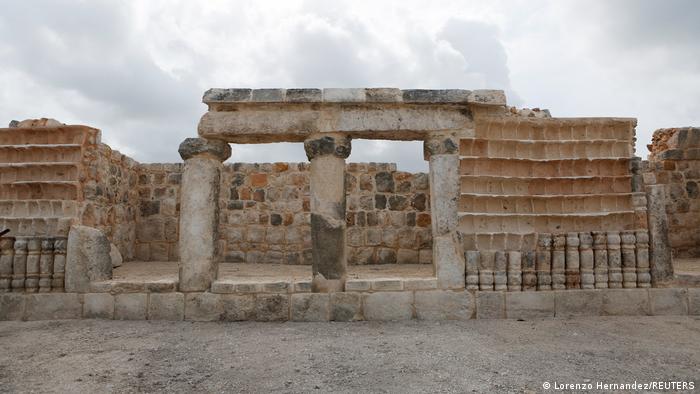Raw eggs and Bloody Marys may be among today's hangover cures, but archaeologists in Israel have discovered an altogether different solution from the past: A gold and purple amethyst ring.
Excavated in the city of Yavne, the ancient jewel was uncovered from the site of the Byzantine era's largest known winery, according to the Israel Antiquities Authority. In an accompanying press release, archaeologists Amir Golani said that amethyst may have been worn to prevent the ill-effects of drinking too much alcohol.
"Many virtues have been attached to this gem," he is quoted as saying, "including the prevention of the side effect of drinking, the hangover."
 The ring as it was discovered during the excavation in Yavne, a city in central Israel. Credit: Eliahu Valdaman/Israel Antiquities Authority
The ring as it was discovered during the excavation in Yavne, a city in central Israel. Credit: Eliahu Valdaman/Israel Antiquities Authority
The ring was found just 150 meters (492 feet) away from the remains of a warehouse containing amphorae, a type of jar used to store wine. The excavation site has been dated to approximately the 7th century -- around the end of the Byzantine era and the start of the Early Islamic period -- though officials said the ring could be even older.
"Gold rings inlaid with amethyst stone are known in the Roman world, and it is possible that the ring's find belongs to the elites who lived in the city as early as the 3rd century CE," the press release said.
Golani said that amethyst was believed to have many other "virtues" and has religious associations, having been mentioned in the Bible. He also speculated that the ring, which weighs 5.11 grams (less than 0.2 ounces), once belonged to an "affluent" person.
"The wearing of the jewel indicated their status and wealth," he added. "Such rings could be worn by both men and women." READ MORE...












